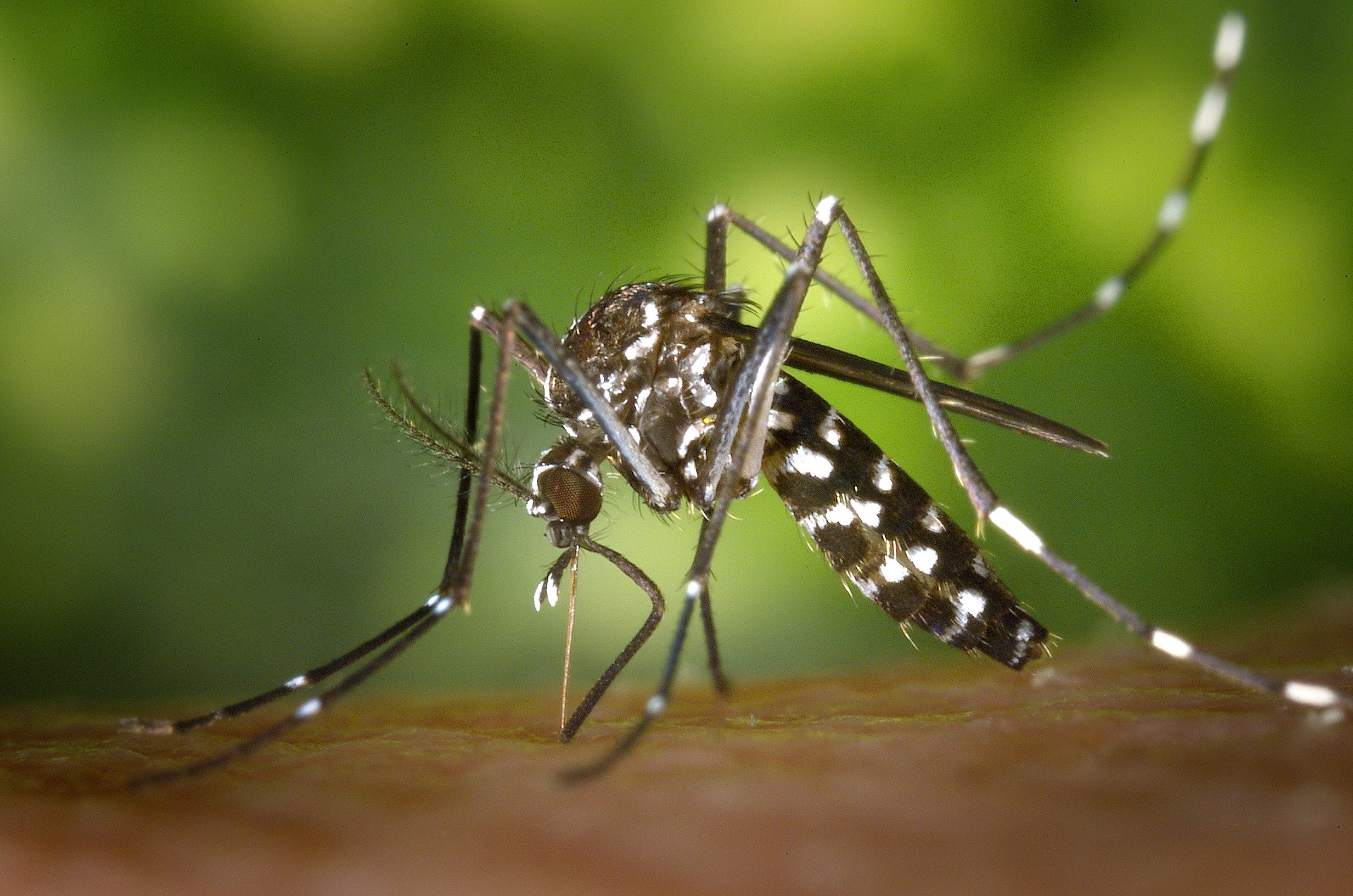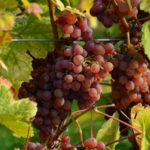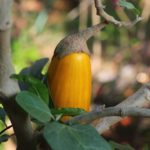M. G. SHAROWER
Associate Professor, Department of Public Health, School of Life Science North South University, Dhaka, Bangladesh.
M. A. LATIF
Professor, Department of Entomology, Sher-e-Bangla Agricultural University, Dhaka, Bangladesh.
M. R. ALI
Professor, Department of Entomology, Sher-e-Bangla Agricultural University, Dhaka, Bangladesh.
M. M. RAHMAN
Professor, Department of Entomology, Sher-e-Bangla Agricultural University, Dhaka, Bangladesh.
S. M. SALAUDDIN
Professor, Department of Entomology, Sher-e-Bangla Agricultural University, Dhaka, Bangladesh.
M. CHOUDHURY
Professor, Department of Plant Pathology, Sher-e-Bangla Agricultural University, Dhaka, Bangladesh.
ABSTRACT
The biology of aedes mosquito was studied in the central laboratory of Sher-e-Bangla Agricultural University, Sher-e-Bangla Nagar, Dhaka from April to October 2015. Eggs were collected from Sher-e-Bangla Agricultural University campus which were emerged as aedes mosquitos both Aedes aegypti and Aedes albopictus. The gravid female laid eggs in a cluster. Each cluster having 105-129 eggs with mean of 117.71 ± 9.12. Each female laid 3-4 clusters. Initially the colour of the egg was white and gradually turned into black. The incubation period of eggs was ranged from 48h to 72h with mean of 60 ± 0.53. The development from the first instar larva to adult stage for aedes mosquitos was 8.37 ± 0.18 days for male and 9.5 ± 0.24 days for female, respectively. Female aedes mosquito fed on blood showed the highest mean survival which was 26.23 ± 2.17 days while the male aedes mosquito fed on 10% sucrose recorded 19.23 ± 2.21 days survival which was the shortest mean period. Depending on the gonotrophic cycle for aedes mosquito their number of eggs laid and longevity varied.
Keywords: Biology, aedes mosquito, mating, oviposition, incubation, instars, pupae, adults.
REFERENCE
ALTO, B. W. & LOUNIBOS L. P. 2013. Vector competence for arboviruses in relation to the larval environment of mosquitos. Ecology of parasite-vector interactions. C. J. M. Koenraadt, Springer, 81-101.
ALTO, B. W. & REISKIND, M. H. 2008. Size Alters Susceptibility of Vectors to Dengue Virus Infection and Dissemination. Ecology of parasite-vector interactions. 79, 688-695.
BARRERA, R. & AMADOR, M. 2008. Unusual productivity of Aedes aegypti in septic tanks and its implications for dengue control. Medical and Veterinary Entomology. 22, 62-69.
BLACK, W. C., RAI, K. S, TURCO, B. J & ARROYO, D. C. 1989. Laboratory study of competition between United States strains of Aedes albopictus and Aedes aegypti (Diptera: Culicidae). J Med Entomol 26, 260-271.
CHAVES, L. F & KITRON ,U.D. 2011. Weather variability impacts on oviposition dynamics of the southern house mosquito at intermediate time scales. Bull Entomol Res. 101 (6), 633-641.
CHEN, C. D., SELEENA, B., NAZNI, W. A., LEE, H. L & MASRI, S. M 2006. Dengue vectors surveillance in endemic areas in Kuala Lumpur city centre and Selangor State, Malaysia. Dengue Bulletin, 30(1), 197.
CHISTOPHERS, R. S. 1960. Aedes aegypti. The yellow fever mosquito: its life history, bionomics, and structure, 1st ed. Cambridge University Press, Cambridge, United Kingdom.
CHISTOPHERS, R., ED. 1960. Aëdes aegypti (L.) the Yellow Fever Mosquito: its Life History, Bionomics and Structure, Cambridge University Press.
CHISTOPHERS, R.S. 2010. Aedes aegypti (L.) the yellow fever mosquito. London: Cambridge University Press. 739 p.
CLEMENTS, A. N., Ed. 1992. The Biology of Mosquitos. London, Chapman and Hall.
CLEMENTS, A. N., Ed. 1992. The Biology of Mosquitos. London, Chapman and Hall.
CLIFTON, M. E. & NORIEGA F. G. 2012. “The fate of follicles after a blood meal is dependent on previtellogenic nutrition and juvenile hormone in Aedes aegypti.” J. Insect Physio. 58(7), 1007-1019.
CROVELLO, T. J. & HACKER C. S. 1972. Evolutionary Strategies in Life Table Characteristics Among Feral and Urban Strains of Aedes aegypti (L.). Evolution. 26(2), 185-196.
DIENG, H., BOOTS, M., TSUDA, Y & TAKAGI, M. 2003. A laboratory oviposition study in Aedes albopictus (Diptera: Culicidae) with reference to habitat size, leaf litter and their interactions. Med Entomol Zool. 54, 43–50.
DOM, N. C., HASSAN, A. & RODZIAH, I. 2013. Habitat characterization of Aedes sp. Breeding in urban hotspot area. Procedia-Social and Behavioral Sciences. 85, 100-109.
FARAJOLLAHI, A. & NELDER, M. P. 2009. Aedes moquitoes expansion in New Jersey. J Med Entomol. 46, 1220–1224.
GALLIARD, H. 1962. Recherches sur la biologie des culicidés à Hanoi (Tonkin, Nord- Vietnam). II. Reproduction et ponte d’Aedes albopictus, A. aegypti et Armigeres obturans. Ann Parasitol Hum Comp. 37, 348-365.
HAWLEY, W. A. 1985. A high fecundity aedine: factors affecting egg production of thewestern treehole mosquito, Aedes sierrensis (Diptera: Culicidae). J Med Entomol. 22, 220–225.
HAWLEY, W.A, REITER, P., COPELAND, R. S., PUMPUNI, C. B & CRAIG, G. JR. 1987. Aedes albopictusin North America: probable introduction in used tires from Northern Asia. Science. 36, 1114-1116.
HIEN, D. S. 1976. Biology of Aedes aegypti (L., 1762) and Aedes albopictus (Skuse, 1895) (Diptera: Culicidae). V. The gonotrophic cycle and oviposition. Acta Parasitol Pol. 24, 37-55.
NGUYEN, A. T., WILLIAMS, A. J, KITRON, U. D & CHAVES, L. F. 2012. Seasonal weather, nutrients, and conspecific presence impacts on the southern house mosquito oviposition dynamics in combined sewage overflows. J Med Entomol. 49 (6), 1328-1338. 10.1603/ME12090.
SMITH, D. L. & BATTLE, K. E. 2009. “Ross, Macdonald, and a Theory for the Dynamics and Control of Mosquito-Transmitted Pathogens.” PLoS Pathog. 8(4), 310-315.
SOEKIMAN, S., MACHFUDZ, S., ADIPOETRO, S., YAMANISHI, H & MATSUMURA, T. 1984. Comparative studies on the biology of Aedes aegypti (Linnaeus, 1762) and Aedes albopictus (Skuse, 1895) in a room condition. In: S. Iwai, ed. ICMR Annals. 4, 143-152.
TAKEDA, T., WHITEHOUSE, C. A., BREWER, M., GETTMAN, A. D & MATHER, T. N. 2003. Arbovirus surveillance in Rhode Island: assessing potential ecologic and climatic correlates. J Am Mosquito Contr. 19, 179-89.
TILAK, R., GUPTA, V., SURYAM, V. & YADAV, J. 2005. A laboratory investigation into oviposition responses of Aedes aegypti to some common household substances and water from conspecific larvae. Medical J Armed Forces India. 61(3), 227-229.
TOMA, L., SEVERINI. F., DI LUCA, M., BELLA A, & ROMI, R. 2003. Seasonal patterns of oviposition and egg hatching rate of Aedes albopictus in Rome. J Am Mosq Control Assoc. 19, 19–22.
VITEK, C. J. & LIVDAHL, T.P. 2006. Field and laboratory comparison of laying eggs of Aedes mosquitos. J Am Mosq Control Assoc. 22, 609–614.








